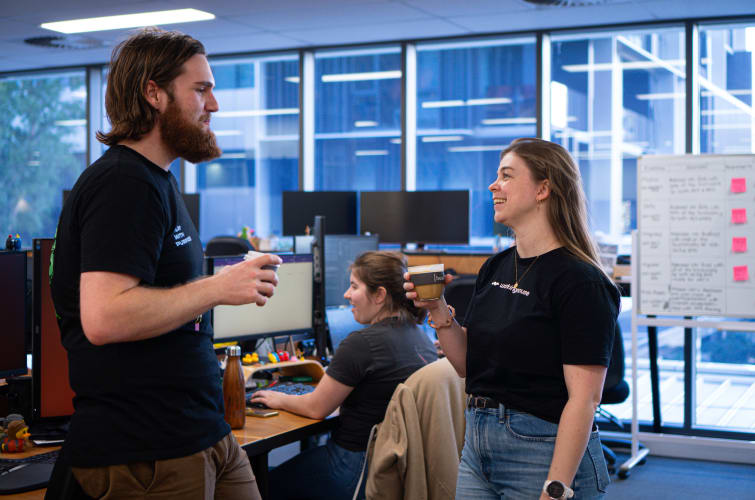
Why Legacy Systems are a Data Breach Danger
Legacy systems are often seen as the biggest asset of many organisations, serving as the foundation upon which critical business operations rely. However, despite their importance, these systems are often an organisations biggest risks, as they can be more vulnerable to security attacks.
Why are legacy systems more vulnerable?
One significant reason for the vulnerability of legacy systems is their outdated technology and architecture. These systems were typically developed years ago when cybersecurity threats were less sophisticated, and security measures were not as sturdy as they need to be today. As a result, they often lack the advanced security features and protocols necessary to defend against modern cyber threats. For example, a common issue is the lack of encryption and data protection mechanisms in legacy systems, making them particularly attractive targets for cyber criminals seeking to steal sensitive information.
Moreover, legacy systems frequently run on outdated operating systems and software that is no longer supported by vendors. Without regular updates and patches to address newly discovered vulnerabilities, these systems become easy targets for cyber attackers seeking to exploit known security weaknesses.

Another factor contributing to the vulnerability of legacy systems is their complexity. Over time, these systems accumulate layers of code and configurations, making them difficult to understand and secure effectively. Additionally, many legacy systems rely on custom-built or proprietary software that may not be well-documented or understood by current IT staff. This lack of visibility into the inner workings of the system can make it challenging to identify and address security flaws. As technology advances, newer generations of IT professionals may also lack the expertise required to work with outdated systems and architectures. This skills gap can result in inadequate security measures being implemented, leaving legacy systems exposed to cyber-attacks.
Another common issue is legacy systems often also lack integration capabilities with modern security tools and technologies. As cybersecurity practices evolve, organisations deploy new solutions to detect and prevent cyber threats. However, legacy systems are sometimes not be compatible with these tools, leaving them unprotected against emerging threats. Additionally, legacy systems are often interconnected with newer systems and external networks, creating potential entry points for cyber attackers. Even if a legacy system itself is secure, vulnerabilities in other systems or network components can be exploited to gain unauthorised access.
Diving into previous data breaches
Legacy systems are still frequent in many organisations and industries, which makes these organisations vulnerable to cyber-attacks and data breaches. It is crucial for organisations to modernise their legacy systems and implement modern security measures to not only protect themselves and their customers, but to also remain competitive within their industry. Results from a survey conducted by the information commissioner showed that 78% of Australians prioritise their privacy when choosing products and services. Furthermore, the survey shows that 75% of the people surveyed identified data breaches as one of the biggest risks to sharing personal information.
Concerns over data handling have intensified among Australians, particularly following cybersecurity breaches at Optus and Medibank. Both breaches were triggered by various factors, including a mismanaged software upgrade and an unprotected API, revealing vulnerabilities within their infrastructure. Incidents like these serve as a wake-up call for organisations, emphasising the need to build resilient and secure systems, along with strategic business planning.
One major concern is legacy authentication methods are still widespread in many organisations posing serious security risks. Outdated authentication methods that organisations are using include methods like SMS and one-time passwords (OTPs). Despite the recognised need for upgrades, organisations face obstacles such as lack of executive buy-in and integration issues. Consequently, leaving organisations susceptible to automated attacks bypassing traditional security measures. In the case of Medibank, a breach occurred through stolen credentials, highlighting the importance of multi-factor authentication in mitigating such risks.
Wrapping it up...
Whilst legacy systems are vital to many organisations, they carry significant cybersecurity risks stemming from their outdated technology and architecture. With data breaches highlighting the urgency, organisations need to modernise these systems and implement modern security measures.
Stay tuned for the second part of this blog, where we will explore how organisations can avoid the cybersecurity walk of shame, sharing insights from the AISA BrisSEC Conference.






